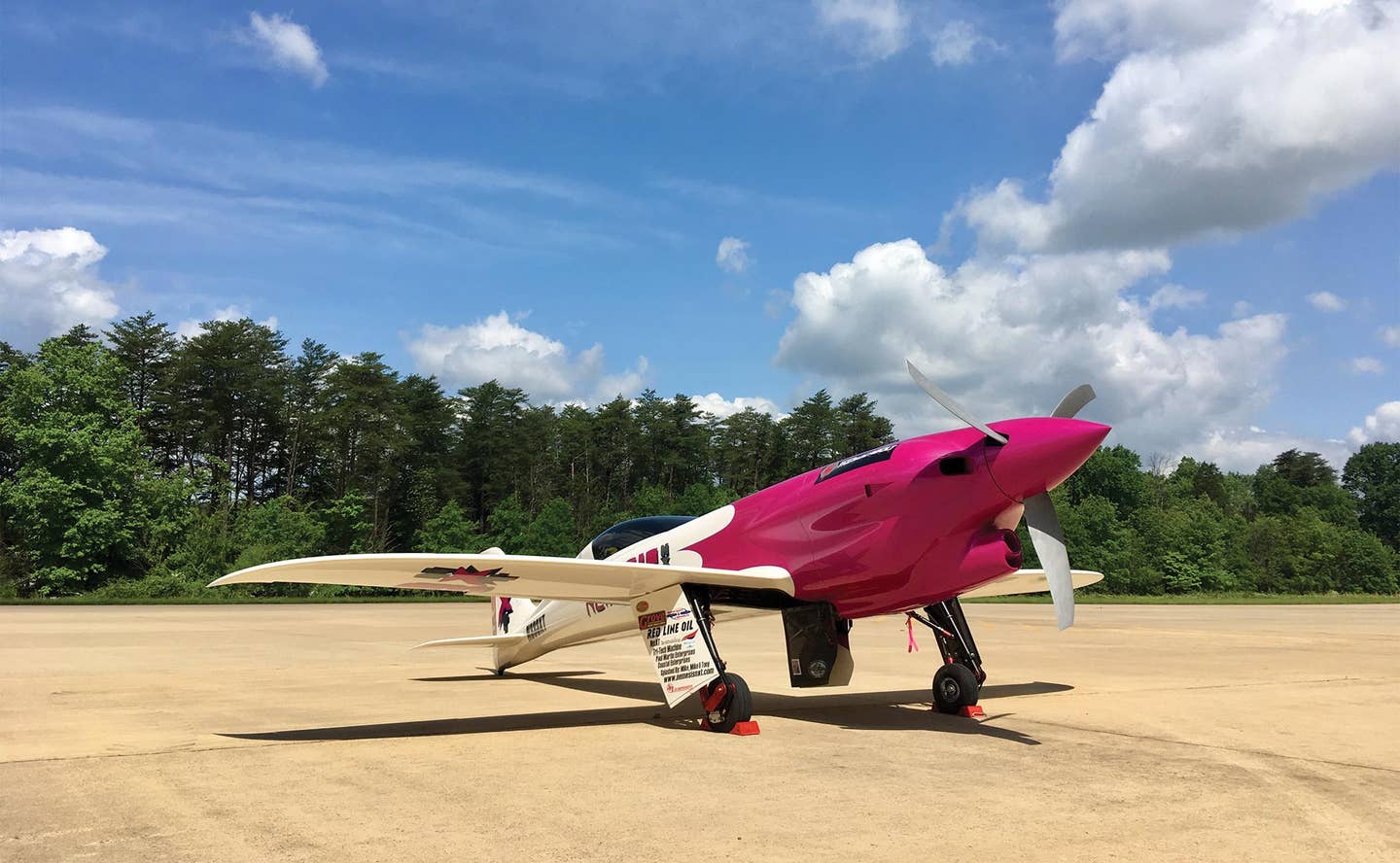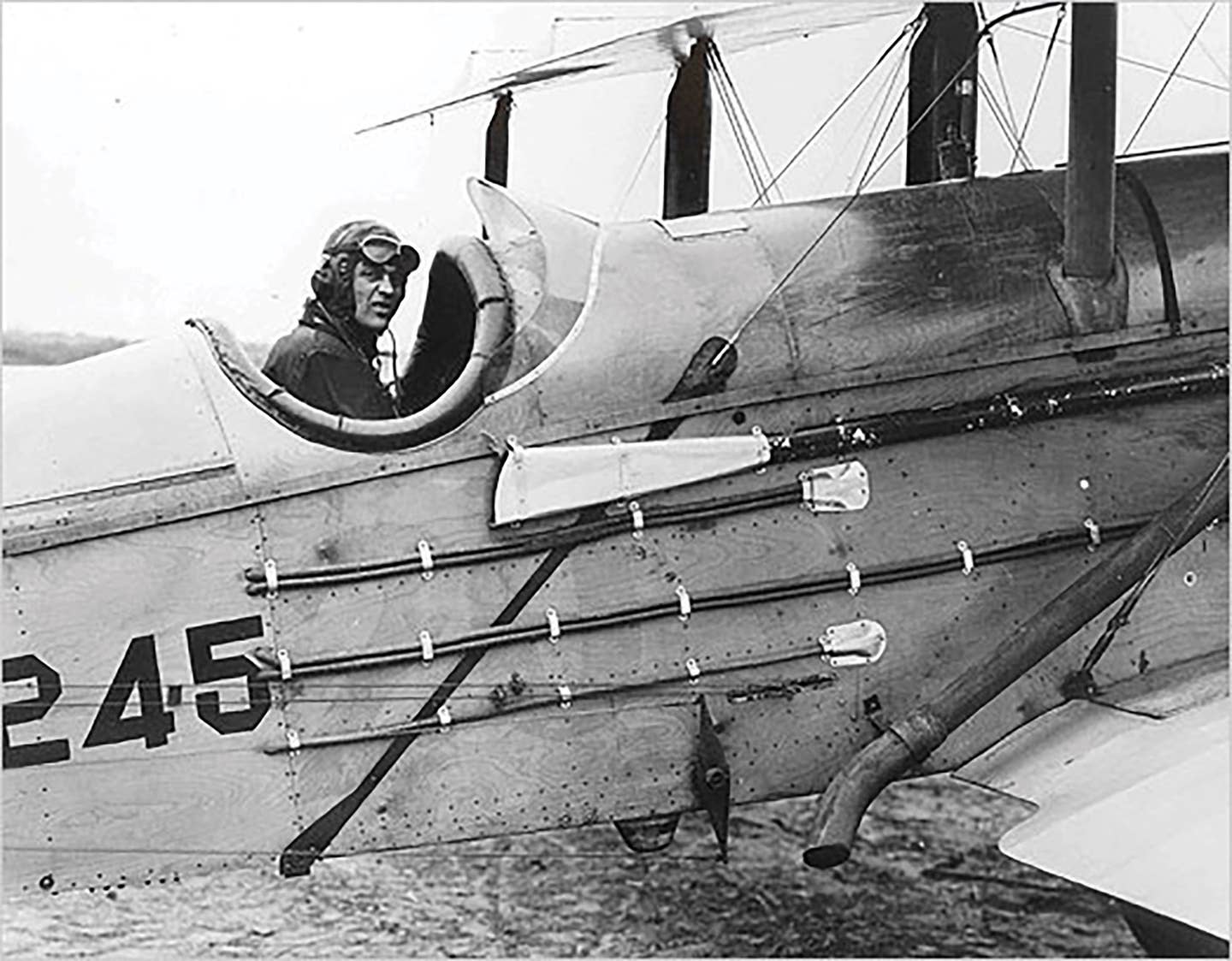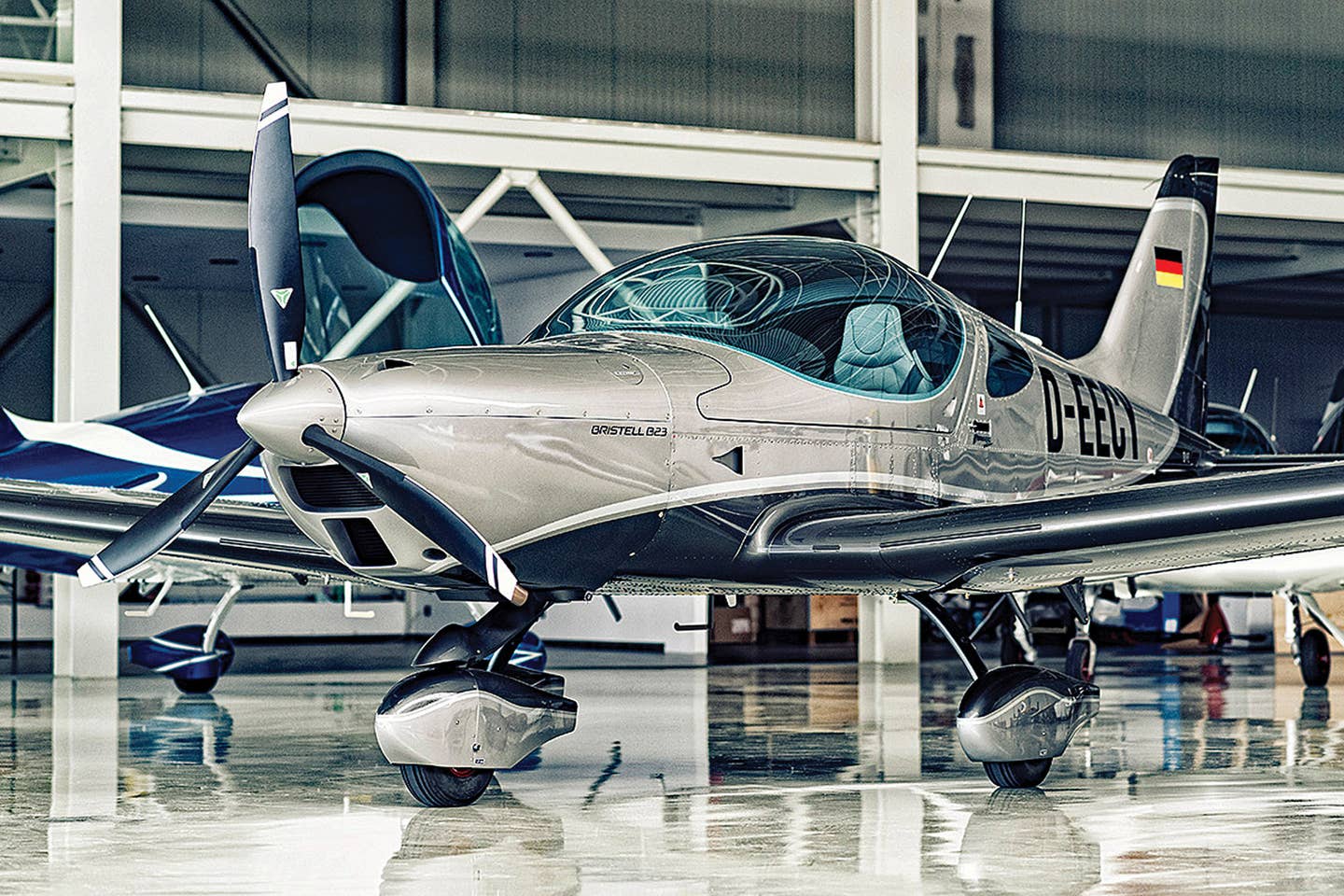Beechcraft Musketeer
While some of the planes on this list were challenged looks-wise as their designers struggled to make their special purpose configuration less than ungainly, others were clear attempts at doing…

While some of the planes on this list were challenged looks-wise as their designers struggled to make their special purpose configuration less than ungainly, others were clear attempts at doing something the company had never done before. In the case of the BE-23 Musketeer, Beech was hardly new to the all-metal airplane game, but its first (and last foray) into the four-seat entry-level personal plane market showed that making the aerial version of the four-seat family car is not as easy one might suppose. Over the years, the Musketeer kept pretty much the same general look to it, even as Beech rolled out lower- and higher-powered models with new dash numbers even. The shape of the Musketeer, along with Beechcraft's tragically bad paint schemes and color choices---the last color that this plane needed was brown---didn't help the plane look any less frumpy. Still, it was a pretty good airplane, if a little slow, and Beech sold more than 4,000 of them while continuing to rake in the big bucks with its Barons and Bonanzas.
On the other hand
The Musketeer and its stablemates suffered from what is admittedly one of the worst nicknames in aviation history. How did Beech not know that it would be forever mocked as the "Mouseketeer?" But the plane itself, I'd argue, while not drop-dead gorgeous, strikes a handsome figure. Had Beech done better with its paint schemes and branding, the much-maligned Musketeer's place in history would be very different.

Subscribe to Our Newsletter
Get the latest Plane & Pilot Magazine stories delivered directly to your inbox






